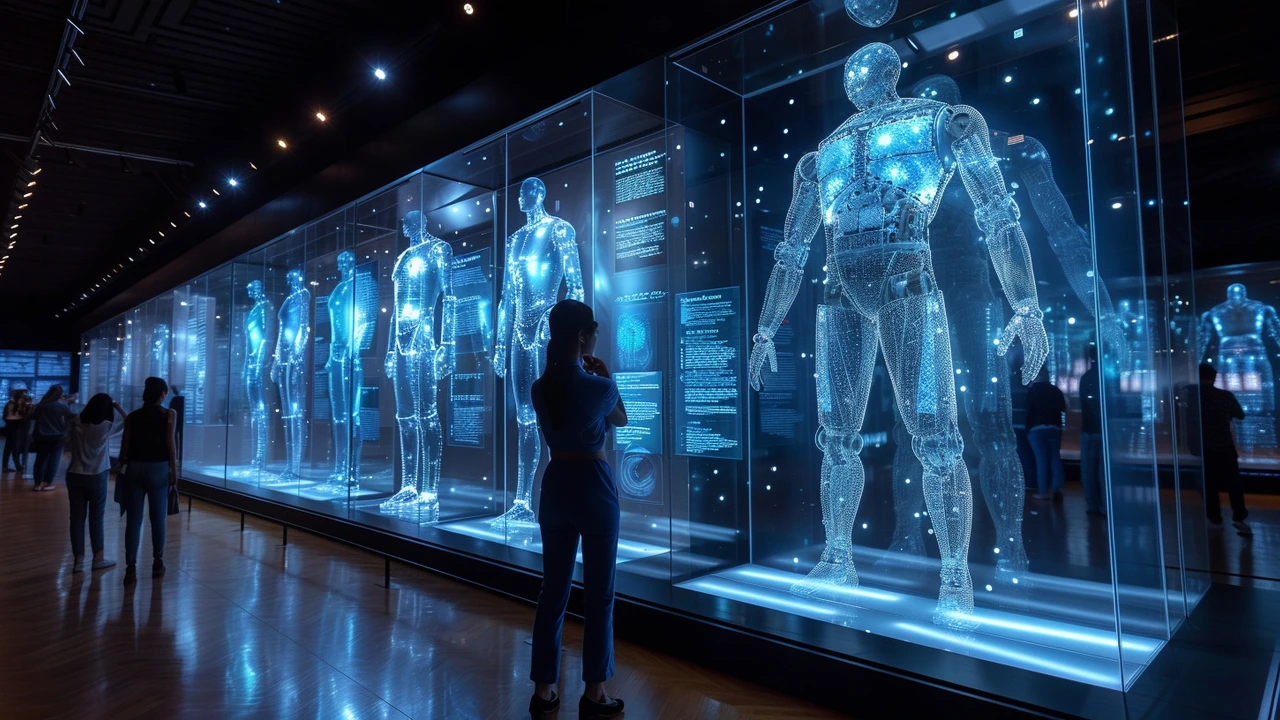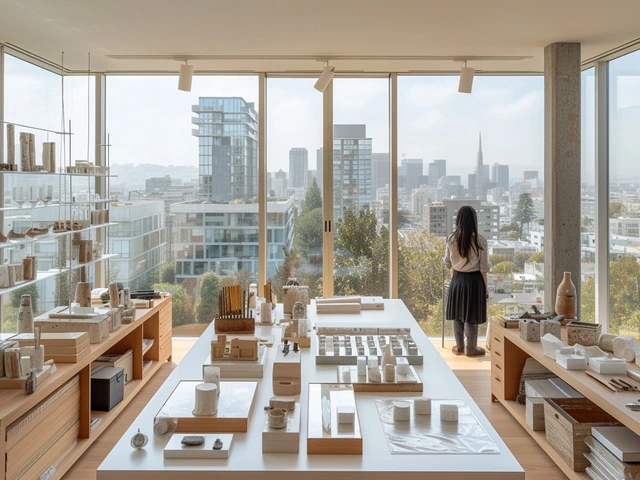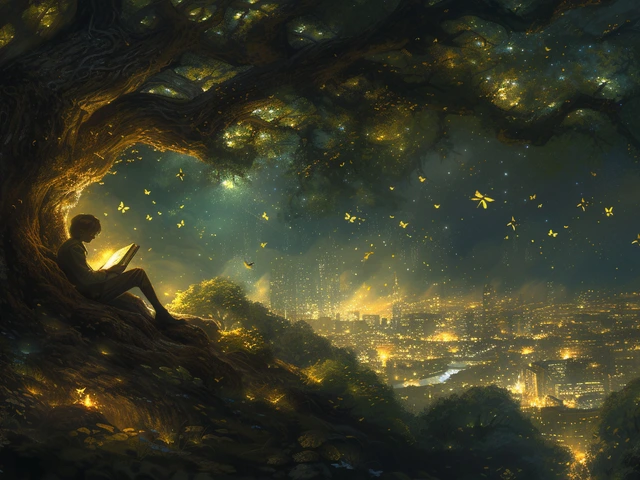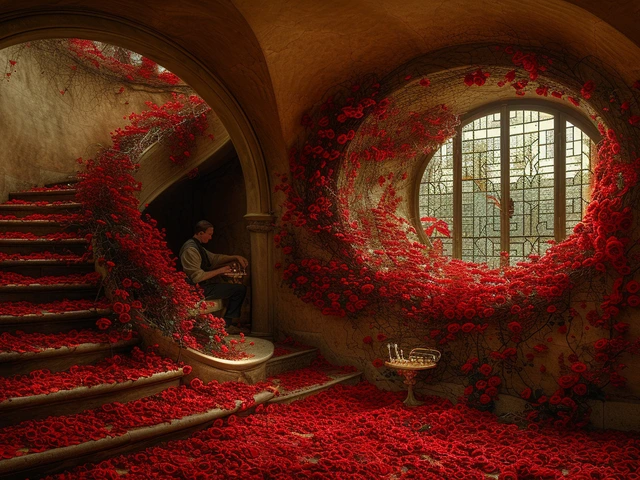The Fascination with Futurism and How It's Moulding Robotics
From the moment I saw the Forbidden Planet's Robbie the Robot in my youth, I was awestruck by the notion of man-made machines seamlessly integrating into our society. Futurism, the idea of forecasting and visualizing the future with a focus on advanced science and technology, is shaping robotic technology in unimaginable ways.
Conceptualization - The Penning Down of Ideas
It all begins with an idea. At first, these ideas may seem far-fetched or unrealistic, but the desire to make them a reality continues to propel their advancement. Just as my son Jules' crayon sketches slowly turned into detailed art pieces, so does the transformation of these ideas into practical robotic applications. The concept of robots working side-by-side with humans, once just an idea, is now becoming a reality with the development of collaborative robots, or cobots. Created with built-in safety features, these cobots are designed to work in harmony with their human counterparts, improving efficiency and productivity.
Technological Advancements – The Foundation Blocks
Seemingly outlandish ideas often require a substantial push from technology to become a reality, and robotics is no exception. Consider Sprinkles, our Siamese cat. It's hard to predict her movements because they're innate, reflexive. I imagine constructing a robot to mimic such fluid motions would seem like quite an undertaking. However, advancements in machine learning and artificial intelligence are making this possible. Complex algorithms and deep neural networks allow robots to learn and adapt to their environments in unprecedented ways, much like Sprinkles navigating through the living room without knocking over Antonia's favorite vase.
Society's Influence on Futurism and Robotics
Futurism doesn't exist in a vacuum; our society significantly impacts its trajectory. I remember the joy and amazement on little August's face when he saw his first robot toy; this childhood fascination morphs into adult interest, maintaining the demand and momentum for robotics. Additionally, societal needs shape the direction of robotics; from medical robots assisting in complex surgeries to rescue robots saving lives in disaster-stricken areas.
Looking into The Crystal Ball
As we peer into the crystal ball of futurism, what do we see for robotics? While it's difficult to make accurate predictions, a few possible paths are emerging. For instance, it's conceivable that as AI technology advances, we could see robots evolving beyond programmed tasks to making independent decisions. Perhaps one day, we could even see robot rights being debated, a notion only currently living in works of science-fiction.
The Potential Concerns: All That Glitters Is Not Gold
With all this progress, it's essential to consider the potential concerns. As much as Antonia loves her automated coffee maker for consistent perfection, she also worries about the jobs automation may replace. Similarly, increasing robotic autonomy could raise ethical dilemmas. We need to ensure that this expanding field progresses responsibly, with humans always at the decision-making helm.
The Journey Ahead: Exciting and Unchartered
The journey into futurism and robotics is undoubtedly thrilling, with breathtaking advances at every turn. It is a journey largely charted by our dreams and aspirations, as we continue to blur the boundaries between fiction and reality. Just as we witness our children grow and develop, witnessing the transformation of robotics is a remarkable adventure. One that is marked with incredible potential and staggering possibilities for a future that we can only begin to truly grasp.



